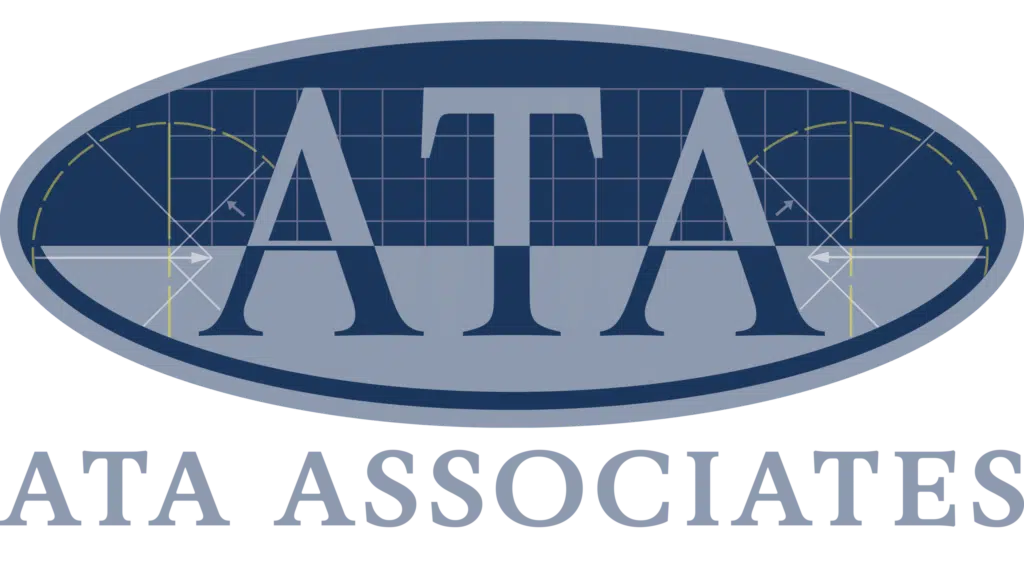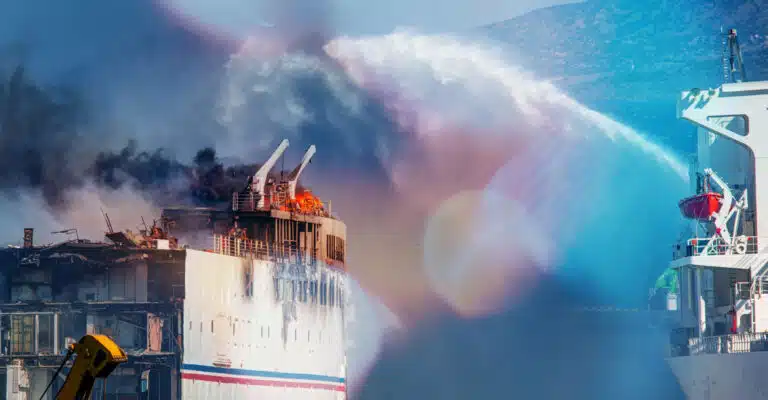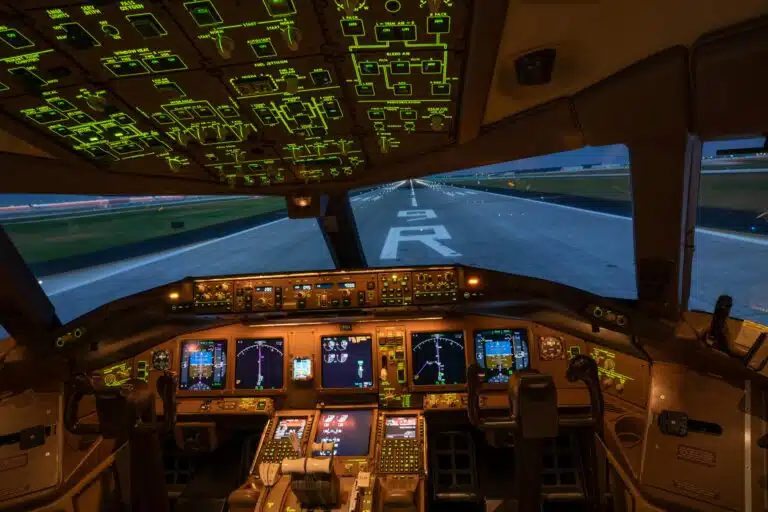Nighttime driving has always been more hazardous than daytime driving. One of the main reasons is limited visibility in darkness, with possibly hazardous roads and weather conditions. Low illumination conditions at night can also severely impair a driver’s judgement of road conditions, the traffic situation and the direction of travel. This, especially in cases in which one vehicle is facing another vehicle, the glare from the vehicle lights directly impairs the driver’s visibility of the external environment, in some cases even causing blindness. This is also called the Moth Effect.
What is the Moth Effect? The Moth Effect is described as the loss of driver control due to attraction to off-road lights or other phenomena that disturb concentration and serve to attract. It is found that most drivers do steer in the direction of intense fixation. The driving task is subject to strict requirements in terms of visual conditions, and low illumination conditions at night cause frequent and serious traffic accidents. Light and glare from road lighting and headlights have significant impacts on vision and night driving and these effects are likely to change with evolving technologies, such as LED streetlighting and headlights. In addition, traffic violations such as those related to alcohol, excessive speed and fatigue, all of which increase the risk of a crash, occur more frequently during nighttime driving, especially in young drivers.
Safety tips for night driving:
- Adjust Speed Appropriately – Allow yourself more time to react.
- Avoid Distractions – Avoid using your phone or fiddling with the radio.
- Check Vehicle Lights – Assure headlights, taillights, brake lights are in working order regularly.
- Enhance Visibility – Keep vehicle windows, mirrors and headlights clean.
- Stay Alert – Avoid driving while fatigued.
- Wear corrective lenses if needed.
- Plan Your Route – Plan your trip and familiarize yourself with it.
- Use Defensive Driving Techniques – Be extra cautious and anticipate potential hazards.




